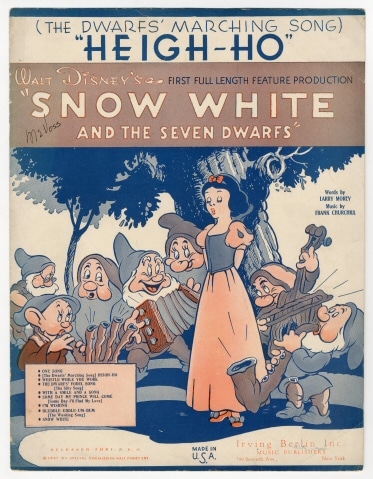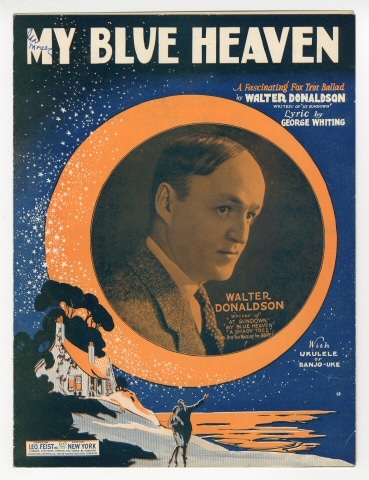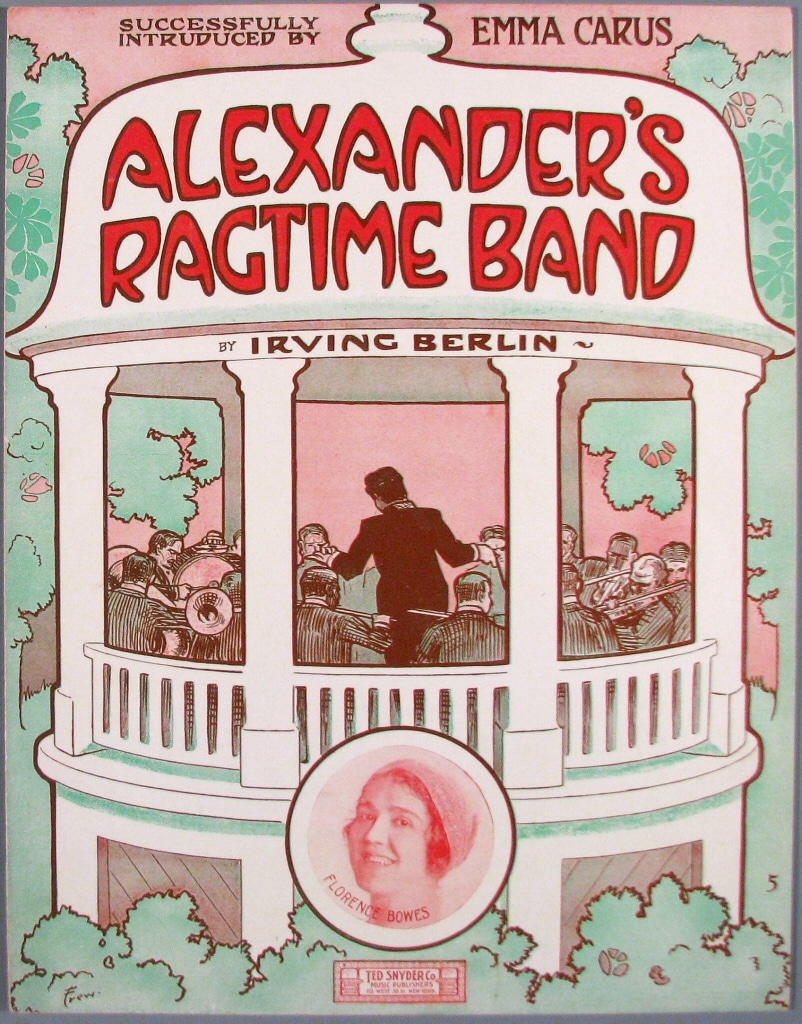 As I write this, Katy Perry’s “E.T.” featuring Kanye West ranks as the number one pop song. Country’s top pick is “Heart Like Mine” by Miranda Lambert, while R&B’s current number one is “Sure Thing” by Miguel. Although the star performers get all the attention, hit songs could never happen without the session musicians and backup singers who fill out the sound behind the star. With so many categories and types of music today, how do performers teach songs to their backup singers and bands? The answer: sheet music. When you download a song to your iPod or groove to the ‘70s station on SiriusXM, you’re listening to songs or melodies learned from printed paper. And here at The Strong’s National Museum of Play, we have a great collection of sheet music.
As I write this, Katy Perry’s “E.T.” featuring Kanye West ranks as the number one pop song. Country’s top pick is “Heart Like Mine” by Miranda Lambert, while R&B’s current number one is “Sure Thing” by Miguel. Although the star performers get all the attention, hit songs could never happen without the session musicians and backup singers who fill out the sound behind the star. With so many categories and types of music today, how do performers teach songs to their backup singers and bands? The answer: sheet music. When you download a song to your iPod or groove to the ‘70s station on SiriusXM, you’re listening to songs or melodies learned from printed paper. And here at The Strong’s National Museum of Play, we have a great collection of sheet music.
 It didn’t take long after the invention of the printing press for sheet music to appear. The first printed music showcased religious songs and European masterworks—think Beethoven. Demand for popular music grew from the mid-1800s on, when many Americans purchased pianos for the home. As increasing numbers of Americans wanted to make their own music, the United States became the center of the sheet-music industry. The first million-seller song wasn’t a recording, as we’d expect, but the sheet music of Charles K. Harris’s “After the Ball,” a schmaltzy, Victorian tear-jerker. Soon clever lithographers learned that beautiful and timely designs on covers helped sell their songs. From wartime classics like “Over There” to comic tunes, the most significant portion of the museum’s music collection centers on the first few decades of the 20th century—a golden age for sheet music.
It didn’t take long after the invention of the printing press for sheet music to appear. The first printed music showcased religious songs and European masterworks—think Beethoven. Demand for popular music grew from the mid-1800s on, when many Americans purchased pianos for the home. As increasing numbers of Americans wanted to make their own music, the United States became the center of the sheet-music industry. The first million-seller song wasn’t a recording, as we’d expect, but the sheet music of Charles K. Harris’s “After the Ball,” a schmaltzy, Victorian tear-jerker. Soon clever lithographers learned that beautiful and timely designs on covers helped sell their songs. From wartime classics like “Over There” to comic tunes, the most significant portion of the museum’s music collection centers on the first few decades of the 20th century—a golden age for sheet music.
 You may recognize some titles notable for popularity, relevance, or extraordinary cover design: “Take Me Out to the Ball Game” (does anyone sing this today?), “Ac-Cent-Tchu-Ate the Positive,” “Alexander’s Ragtime Band,” “By the Light of the Silvery Moon” (with a really lovely cover lithograph), and “When You Wish Upon a Star,” the number one Disney song of all time.
You may recognize some titles notable for popularity, relevance, or extraordinary cover design: “Take Me Out to the Ball Game” (does anyone sing this today?), “Ac-Cent-Tchu-Ate the Positive,” “Alexander’s Ragtime Band,” “By the Light of the Silvery Moon” (with a really lovely cover lithograph), and “When You Wish Upon a Star,” the number one Disney song of all time.
So visit Online Collections. Then search on moon “sheet music” or Rochester “sheet music” and see what you find. Have fun—you might even find yourself humming a timeless tune!
 Hours 10 a.m.–5 p.m. | Fri. & Sat. till 8 p.m.
Hours 10 a.m.–5 p.m. | Fri. & Sat. till 8 p.m.